A325 Structural Bolts in Industrial Applications: Strength, Reliability, and Performance
Created at : Nov 19, 2025
The strength and longevity of a structure depend heavily on the quality and performance of its fastening systems. Among the most widely used and trusted components are A325 structural bolts, high-strength fasteners engineered specifically for demanding structural steel connections. These bolts play a crucial role in ensuring the stability and safety of industrial buildings, bridges, equipment supports, and large-scale assemblies. Understanding their characteristics, functions, and the environments in which they excel is essential for engineers, installers, inspectors, and anyone involved in industrial construction.
What Are A325 Structural Bolts?
A325 bolts—now officially designated under ASTM F3125 Grade A325 but still commonly referred to by the original name—are heavy-hex, high-strength steel bolts designed for structural steel connections. They are most often used in conjunction with heavy hex nuts and hardened washers to create joints capable of withstanding high shear, tensile forces, and repetitive stress loads.
These bolts are available in two primary material types:
- Type 1: Made from medium-carbon or medium-carbon alloy steel. This is the most common type and suitable for general industrial use.
- Type 3: Manufactured from weathering steel, offering corrosion resistance and developing a rust-like patina for use in exposed steel structures without the need for painting.
Regardless of type, A325 bolts are engineered for structural reliability and are installed under strict standard guidelines, ensuring consistent tensioning and joint performance.
Why Industrial Applications Rely on A325 Bolts
Industrial environments often involve extreme loads, vibrations, environmental stressors, and dynamic forces. A325 bolts are valued because they offer:
1. High Strength for Structural Loads
Industrial structures such as warehouses, factories, refineries, and power plants rely on rigid steel frameworks. A325 bolts provide the necessary shear and tensile capacity to safely transfer loads through beams, columns, girders, and bracing. Their heavy-hex head design offers greater bearing surface, allowing the bolt to handle significant load without deforming.
2. Reliability in Critical Connections
Unlike general-purpose bolts, A325 bolts are manufactured under stringent guidelines to ensure consistency in:
- Strength
- Thread quality
- Dimensional accuracy
- Ductility
- Performance under pretension
This makes them ideal for load-bearing, life-safety-critical connections where failure is not an option.
3. Suitability for Multiple Joint Types
A325 bolts can be used in two primary connection categories:
- Bearing-type connections, where the bolt makes direct contact with the sides of the connected material and transfers load through shear.
- Slip-critical (friction) connections, where the bolt’s clamping force produces friction between steel surfaces, preventing slip under load.
Industrial projects often include a mix of these connection types, and A325 bolts perform reliably in both.
4. Tolerance for Harsh Environments
In industrial applications involving chemicals, heat, moisture, or outdoor exposure, the robustness of A325 bolts—especially Type 3—allows them to resist corrosive elements and maintain integrity over long periods.
Common Industrial Uses of A325 Structural Bolts
While A325 bolts are broadly associated with construction, their role in industrial settings is especially significant. Below are some key examples of how they are applied across various sectors.
1. Steel Building Construction in Industrial Facilities
Large industrial facilities such as manufacturing plants, assembly factories, and distribution centers rely on structural steel frames for strength and layout flexibility. A325 bolts are used extensively in:
- Beam-to-column connections
- Column splices
- Bracing systems
- Truss and girder assemblies
- Crane support structures
These connections must withstand not only static loads but also dynamic forces generated by machinery, conveyors, material handling systems, and wind.
2. Bridge Construction Supporting Industrial Transport
Industrial operations depend on bridges for transportation of raw materials, equipment, and personnel. A325 bolts are frequently used in:
- Girder connections
- Truss assemblies
- Bearing seat connections
- Field splices of prefabricated sections
Their high load-carrying capability makes them indispensable in steel bridge construction and maintenance, especially in regions exposed to vibration, heavy traffic loads, and environmental variations.
3. Heavy Equipment Supports and Platforms
Industrial plants house massive equipment—compressors, turbines, boilers, storage tanks, conveyor towers—that require elevated platforms, catwalks, and support frames built from structural steel. A325 bolts provide secure, predictable fastening for:
- Machine baseframes
- Elevated walkways
- Maintenance platforms
- Equipment enclosures
- Access towers
These structures must be safe for workers and durable enough to handle operational loads, making A325 bolts the preferred choice.
4. Refineries, Chemical Plants, and Power Generation Facilities
Energy and process industries utilize extensive steel frameworks to support pipes, tanks, reactors, and electrical equipment. A325 bolts are commonly found in:
- Pipe rack structures
- Utility towers
- Heat exchanger and pump foundations
- Turbine halls
- Cooling tower structures
Because many of these environments involve heat, moisture, and corrosive chemicals, Type 3 weathering steel A325 bolts are often selected for long-term durability.
5. Industrial Towers and Large-Scale Structures
Structural bolts like A325 are used in tall and demanding structures, including:
- Transmission towers
- Wind turbine towers (in certain steel-to-steel joints)
- Industrial chimneys
- Communications and monitoring towers
- Large storage silos
Their strength ensures stability against wind, vibration, seismic forces, and operational stresses.
Installation Methods in Industrial Settings
Industrial construction projects often require precise bolt installation to meet engineering specifications. A325 bolts can be installed as:
Snug-Tightened Connections
Used in applications where full pretension is unnecessary. The bolt is tightened until the steel members are in firm contact.
Fully Pretensioned Connections
Common in industrial structures requiring resistance to vibration or dynamic loading. Techniques include:
- Turn-of-nut method
- Calibrated wrench method
- Tension-control (TC) bolts, where a spline breaks off at the correct tension
Proper installation is critical, as industrial environments often involve conditions where under- or over-tensioning could compromise structural integrity.
Conclusion
A325 structural bolts are a cornerstone of industrial construction due to their strength, reliability, and adaptability to a wide range of steel connection types. Whether supporting the massive frames of manufacturing plants, securing components of a power station, or holding together critical infrastructure in processing facilities, A325 bolts deliver consistent performance under demanding conditions. Their widespread use across industrial sectors speaks to their proven engineering qualities and the trust placed in them by builders, engineers, and safety professionals.
 SCREWS
SCREWS
 NUTS
NUTS
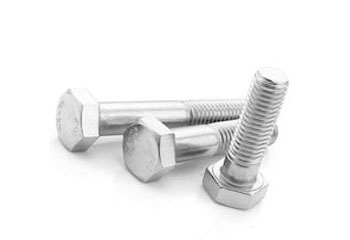 BOLTS
BOLTS
 WASHERS
WASHERS
 SPACERS & STANDOFFS
SPACERS & STANDOFFS
 PRECISION/CUSTOM PARTS
PRECISION/CUSTOM PARTS
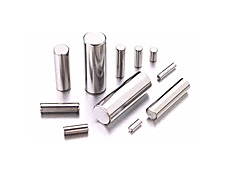 PINS
PINS
 WIRE HANDLING
WIRE HANDLING
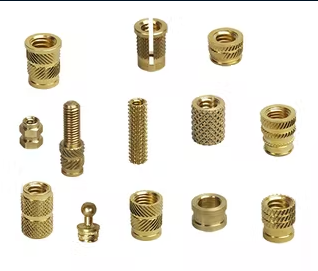 INSERTS
INSERTS
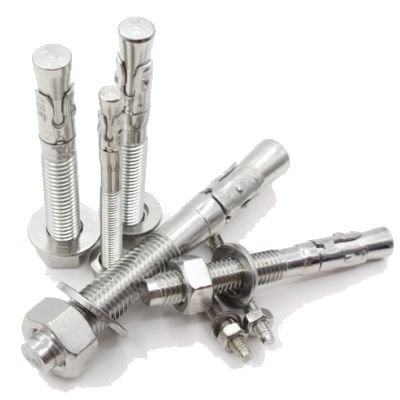 ANCHORS
ANCHORS
 DRILL BITS, TAPS, & DIES
DRILL BITS, TAPS, & DIES
 ABRASIVES & SAWBLADES
ABRASIVES & SAWBLADES
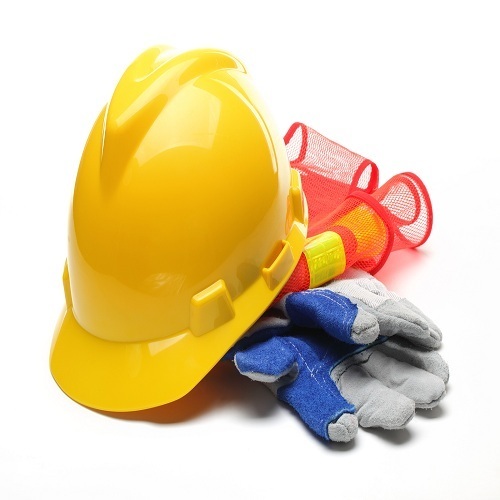 SAFETY EQUIP.
SAFETY EQUIP.
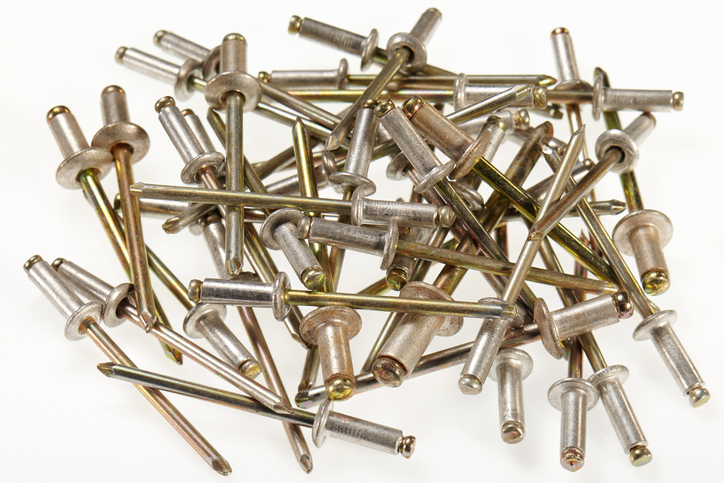 MISC.
MISC.
 MATERIAL TYPES
MATERIAL TYPES
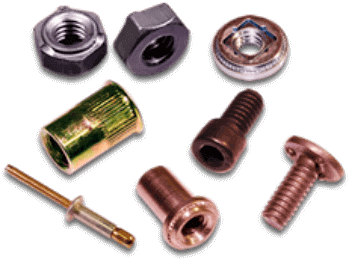 PLATING TYPES
PLATING TYPES